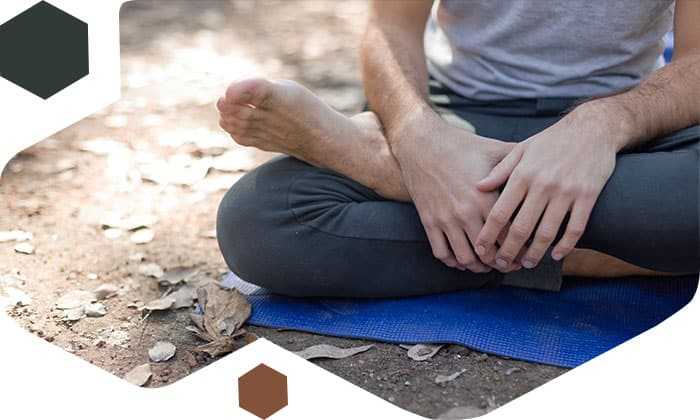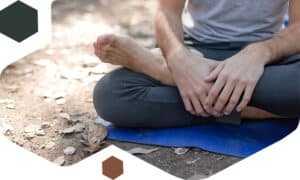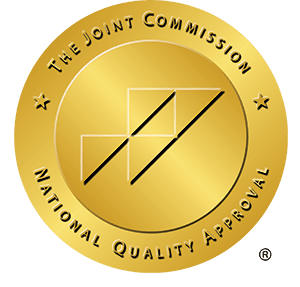
Addiction and The Family System
Addiction and The Family System When we typically think about addiction, we associate it with an individual struggling with substances. The reality is that the disease of addiction affects much more than that. Everyone in the family system is impacted







